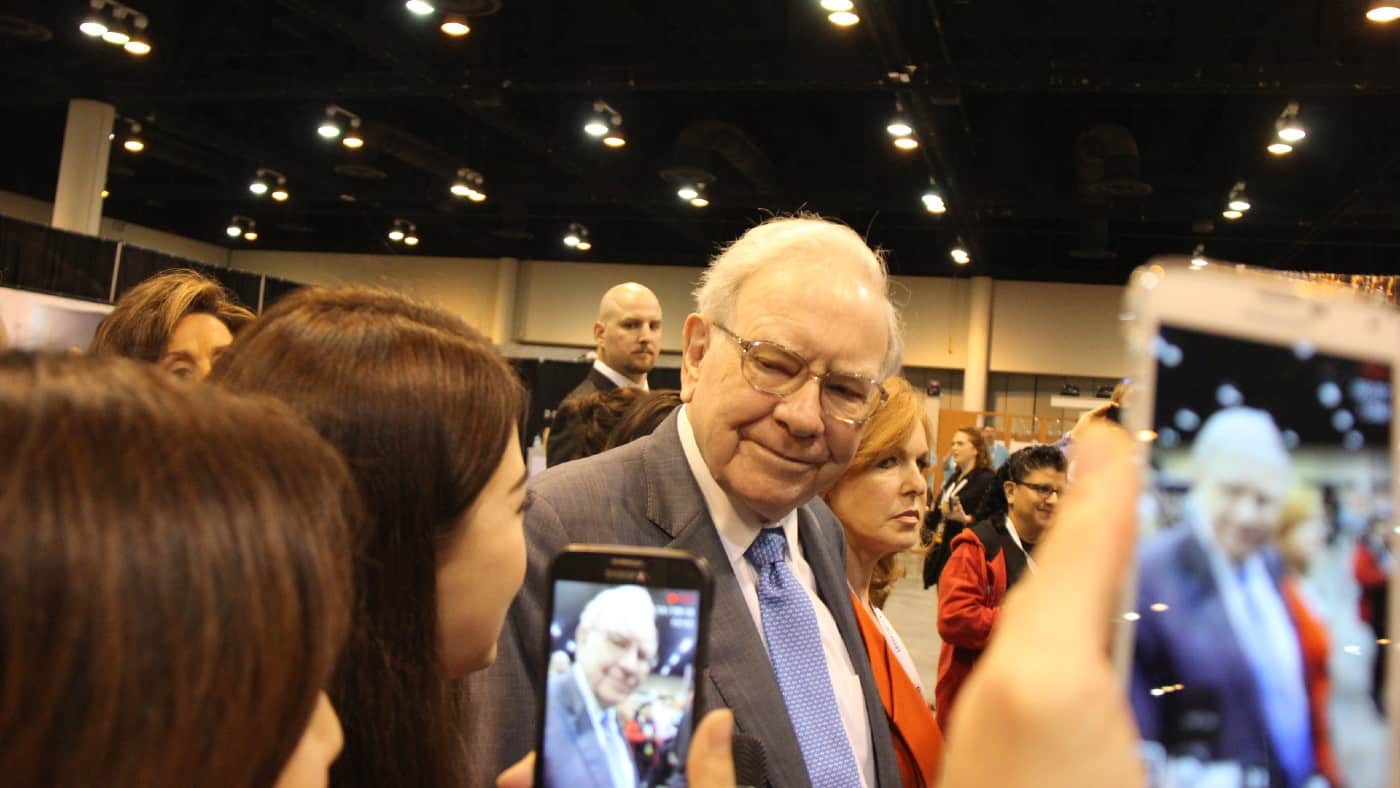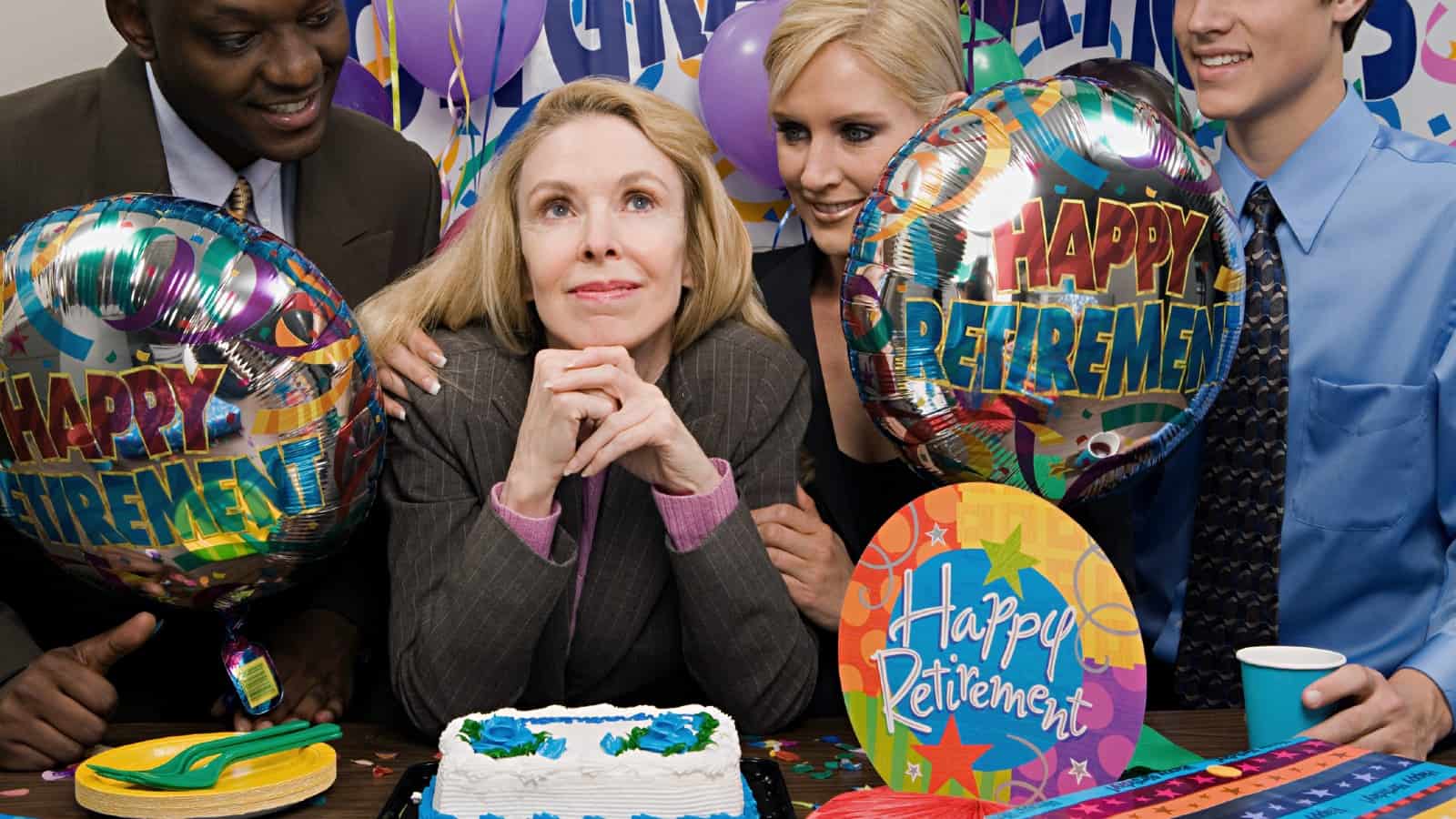Stay informed with free updates
Simply sign up to the Life & Arts myFT Digest — delivered directly to your inbox.
The main character in Coriolanus, which is on at the National Theatre in London, is what we would nowadays call a fascist. He respects very little in the field of human endeavour outside of military service. He begrudges the plebeians their grain.
At the end of the evening, though, it isn’t clear that Shakespeare disowns him. Never the most loved or the most lyrical of his plays, what Coriolanus does is bring out the dramatist’s talent for evasion: what John Keats called, in a nice way, his “negative capability”. To write 38 plays without revealing a worldview or even a consistent set of biases would rate as a feat of artistic detachment in any age. In 2024, when a museum exhibition can feel like a sermon, and zeitgeist fiction of the Sally Rooney type bends your ear about capitalism, it seems godlike.
Why is art, in the main, so bad at politics? At best, what it has to say is commonplace, as when Martin Amis discovered in the 1980s that nuclear weapons exist and have some unlovely properties. At worst, it is so strident as to have an undergraduate activist quality. Either way, banal or bonkers, there is an itch to venture an opinion but no corresponding gift for insight: a sort of positive incapability.
My guess is this. The creative act requires prolonged solitude, whereas politics begins when two people encounter each other and find their preferences conflicting. It is inescapably social. First principles have some purchase inside the study or the atelier, but less in the public square, where all is fudge and half-loaves. (And, above all, practical detail, with which no artist can have much patience, at least without turning their work into journalism.)
Each world, art and politics, is therefore almost set up to be unintelligible to the other. Rather than the political naïveté of artists, we might just as well note that electoral geniuses, from FDR to Tony Blair, tend not to have the richest aesthetic lives. And that under-achievers in politics, such as Anthony Eden, often do. It is a question of whether you are ultimately interior or exterior.
The one “political” painting I have seen up close that fathoms something of the messiness of politics is Jacques-Louis David’s The Death of Marat. It is a picture by a French revolutionary of a French revolutionary who has been killed by a French revolutionary for being the wrong sort of French revolutionary. Besides its visual effect — all that bare space, suggestive of republican austerity — what comes across is the self-consuming nature of high ideals, the uselessness of good versus evil as a frame for understanding public life. More argumentative paintings, by Goya, by Picasso, by David himself in his earlier phase, seem one-eyed and didactic next to it. And what was David? A political practitioner, a social being.
It isn’t always necessary to reach back centuries to find an undogmatic mind at work. There is a deflating moment early in the new Alan Hollinghurst novel when you think he is going to yak on about the folly of Brexit. (He’d be right to.) What follows are hundreds of pages of supreme and only tangentially newsy writing, for which it was worth breaking my rule of letting a decade of historical winnowing go by before trying a novel.
FT Edit
This article was featured in FT Edit, a daily selection of eight stories, handpicked by editors to inform, inspire and delight. Explore FT Edit here ➼
Still, overall, the past is the best escape from the browbeating tone of so much culture now. Next month is the 100th anniversary of Thomas Mann’s The Magic Mountain. The book boils down to a recurring squabble between a creature of the Enlightenment and a mystical reactionary. Moby-Dick aside, it is the hardest slog I have ever waded through, but I return to it most winters, in part because of the enigma of where the author stands. Mann’s achievement is Shakespearean, in that he illuminates the process of politics — the trade-offs, the complex motivations, the double-edged nature of individual charisma — while recusing himself from ultimate judgment.
If he had a clear view, would his work still beguile us? I doubt it. Whether art lasts or not rests to some extent on its ambiguity. This is the selfish case for making non-argumentative art, and it is odd, if also flattering, that so many artists prefer the columnist’s role.
Email Janan at janan.ganesh@ft.com
Find out about our latest stories first — follow FTWeekend on Instagram and X, and subscribe to our podcast Life and Art wherever you listen
Credit: Source link














